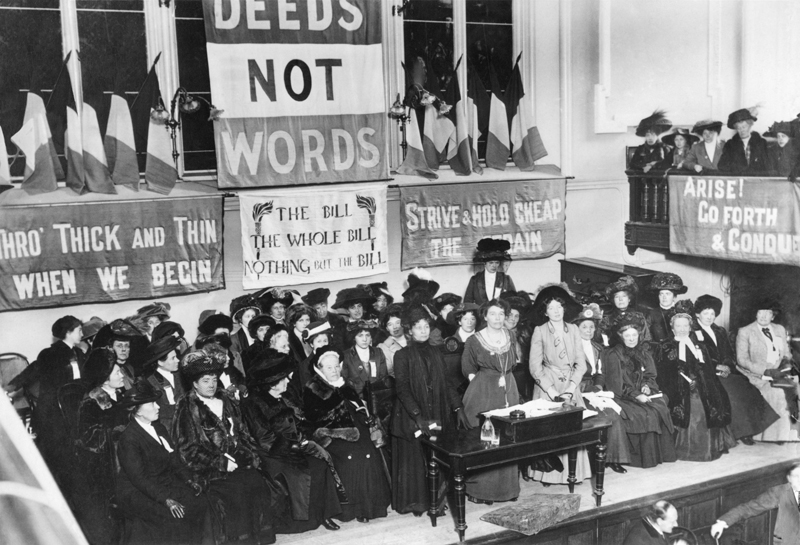The Bible is filled with stories of remarkable individuals who lived extraordinarily long lives, particularly in its earliest chapters. Many of these figures, often referred to as patriarchs, lived for hundreds of years, far exceeding modern human lifespans. Their extended ages are a fascinating aspect of biblical history, with some living just before or after significant events like the Great Flood. In this article, we’ll explore the 20 oldest people in the Bible, highlighting their incredible ages and the roles they played in the unfolding story of humanity.
Methuselah
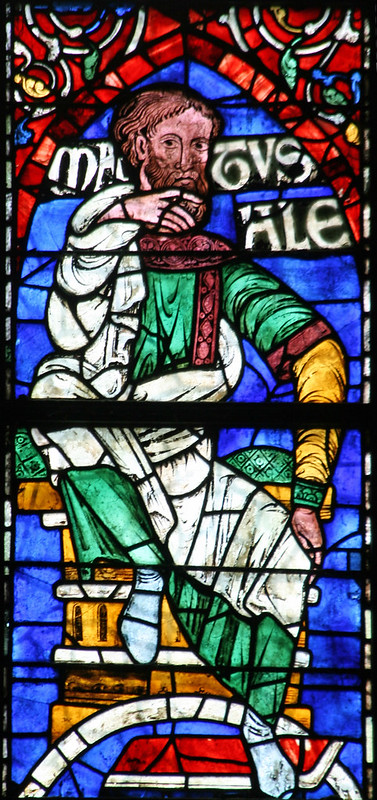
Methuselah, often cited as the oldest person in the Bible, lived to be 969 years old. His name has become synonymous with great age and longevity. According to the Book of Genesis, Methuselah was the son of Enoch and the grandfather of Noah. Interestingly, he lived right up to the year of the Great Flood, although it’s unclear if he died in the flood or shortly before. Methuselah’s remarkable lifespan serves as a powerful symbol of pre-flood vitality in the early human generations. His long life also hints at the ancient belief that humans were once capable of living extraordinary lifespans. Despite living almost a millennium, little is known about his personal achievements or deeds.
Jared
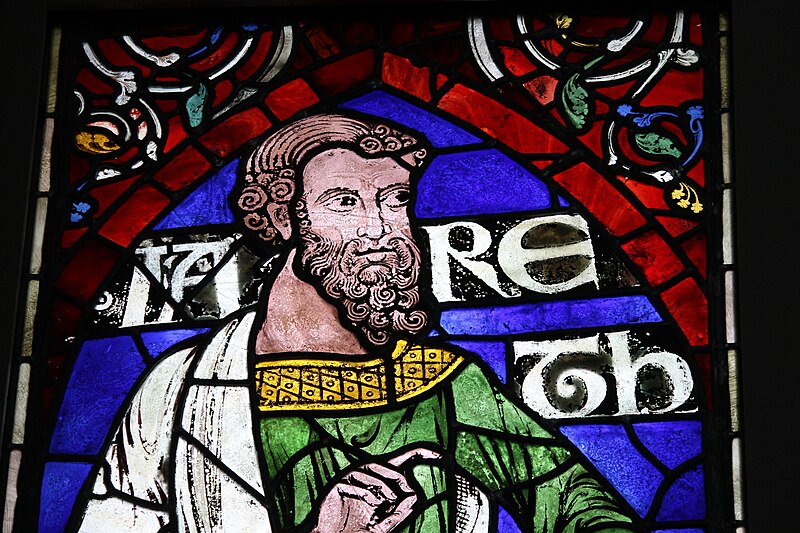
Jared lived 962 years, placing him as one of the longest-living figures in the Bible. He was the father of Enoch, who was said to have “walked with God.” His lifespan, like many of his contemporaries, reflects the pre-flood era’s extended longevity. Jared’s descendants were important figures in biblical history, particularly his son Enoch and great-grandson Noah. According to the biblical timeline, Jared lived a significant portion of his life alongside many early patriarchs, including Adam. His extended life may symbolize the stability and strength of the generations leading up to the flood. After his lengthy life, Jared died before the Great Flood.
Noah

Noah, most famous for building the ark, lived for 950 years. His life was marked by the great task of preserving life on Earth during the flood. According to Genesis, Noah was 600 years old when the floodwaters came, and he lived another 350 years after the flood. Noah is often celebrated for his obedience to God, and his life represents both the end of the antediluvian (pre-flood) world and the beginning of the new post-flood humanity. He fathered three sons: Shem, Ham, and Japheth, who would repopulate the Earth. Noah’s 950-year lifespan is a testament to his faith and the favor he found with God. His story continues to resonate as one of faith, survival, and new beginnings.
Adam

As the first human created by God, Adam lived for 930 years. His creation marks the beginning of humanity, and his long life overlaps with many of his descendants. Adam’s life was filled with significant events, including his expulsion from the Garden of Eden and the introduction of sin into the world. Although his lifespan seems long by today’s standards, it is considered typical for early biblical patriarchs. He fathered many children, the most notable being Cain, Abel, and Seth. Adam’s age reflects the near-immortal status humans were believed to possess before sin introduced death. After living 930 years, Adam died, as the Bible records.
Seth
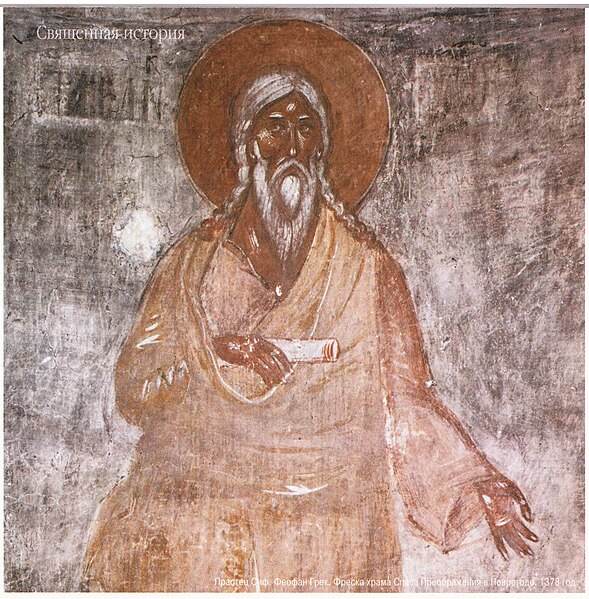
Seth, the third son of Adam and Eve, lived 912 years. He was born after the tragic death of Abel and was regarded as the continuation of the righteous lineage of Adam. Seth’s descendants, including Enoch and Noah, played pivotal roles in biblical history. His long life reflects the early patriarchal ages where longevity was seen as a sign of divine favor. Seth’s name is often associated with the idea of renewal and restoration after the loss of Abel. Through him, the line of humanity continued its relationship with God. Seth’s death at 912 years is briefly mentioned, but his legacy is felt throughout the Bible.
Kenan

Kenan, the son of Enosh and a descendant of Seth, lived for 910 years. His life spans a crucial period in biblical history where the human population was growing rapidly. Kenan is a lesser-known figure, but his longevity links him with the other patriarchs of early Genesis. His age, like many others in his genealogy, underscores the long lifespans associated with antediluvian figures. While little is mentioned about his personal deeds, Kenan’s place in the Bible is crucial for the continuity of the human race. Kenan fathered Mahalalel and many other sons and daughters during his lifetime. His death at 910 years contributes to the rich genealogical tapestry of Genesis.
Enosh
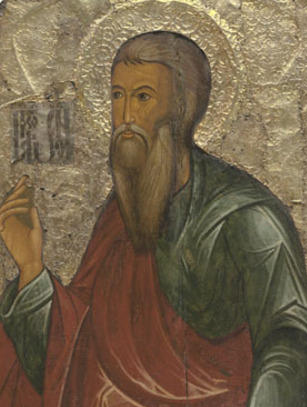
Enosh, the son of Seth and grandson of Adam, lived 905 years. His birth marked the continuation of the human race in the line of Adam through Seth. In Enosh’s time, the Bible mentions that people began to call upon the name of the Lord, signaling a growing spiritual awareness. His long life represents the era of the early patriarchs, when humans experienced incredibly long lives. Enosh was an important link between the earliest humans and figures like Noah. He fathered Kenan and many other children, ensuring the continuation of the human family. Enosh’s 905-year life ended, but his lineage played a vital role in biblical history.
Mahalalel
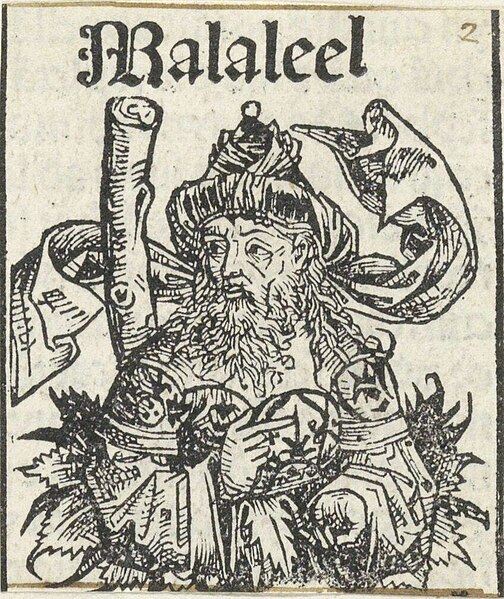
Mahalalel, a descendant of Seth, lived 895 years. He was the father of Jared and part of the important line leading to Noah. His name, which can be translated to “praise of God,” reflects the strong spiritual focus of his time. Like other patriarchs, Mahalalel’s life spanned centuries, highlighting the long-lived nature of early humanity. While not much is written about his specific actions, his role in the genealogical chain leading to Noah is significant. Mahalalel’s life of 895 years continues the pattern of extended lifespans that gradually declined after the flood. His legacy is preserved through his descendants and their impact on biblical history.
Lamech (Father of Noah)
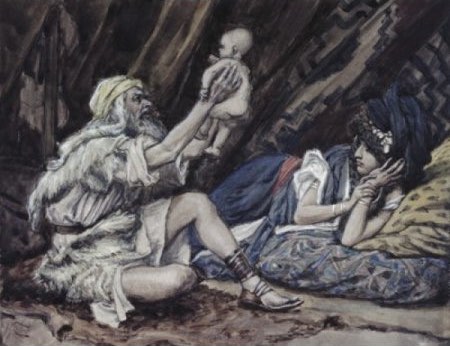
Lamech, the father of Noah, lived for 777 years. His relatively shorter lifespan compared to other patriarchs marks the gradual decline in human longevity. Lamech is best known for prophesying about his son Noah, foretelling that he would bring comfort to humanity through the toil of the cursed ground. His words suggest a deep understanding of the suffering caused by sin and the hope of redemption through Noah. Lamech lived during a tumultuous time, just before the Great Flood. Despite his shorter life, his role as Noah’s father makes him a pivotal figure in biblical history. Lamech’s 777 years stand out as a bridge between the pre- and post-flood eras.
Enoch
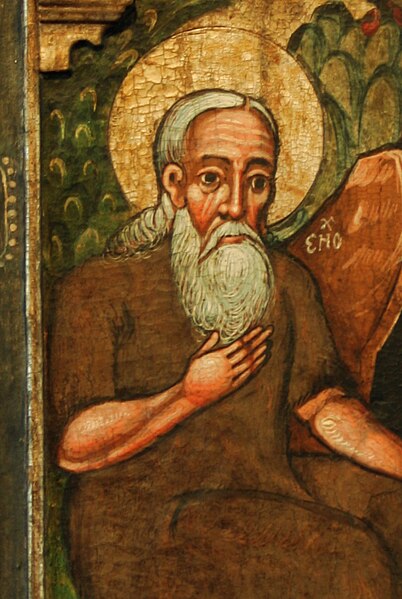
Enoch, father of Methuselah, lived for 365 years. Unlike other patriarchs who died, Enoch’s life ended in a unique way: the Bible says he “walked with God, and he was no more; for God took him.” This phrase suggests that Enoch did not experience death but was taken by God, making him one of the most mysterious figures in the Bible. Enoch’s comparatively short lifespan is contrasted by his extraordinary spiritual closeness with God. He is often seen as a symbol of righteousness and divine favor. Enoch is also credited with fathering Methuselah, the longest-living human. His 365 years of life left a legacy of faithfulness that continues to inspire.
Cainan
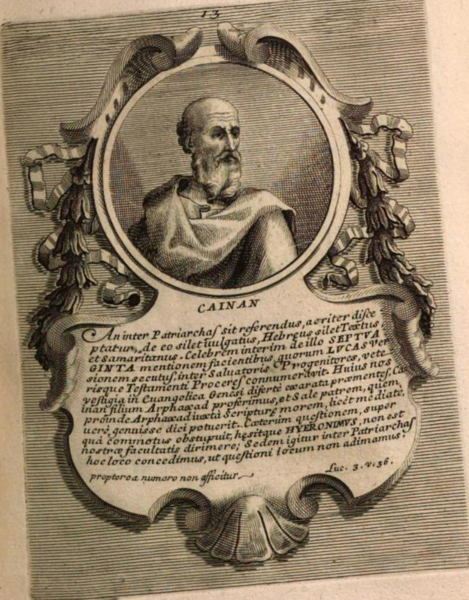
Cainan, also referred to as Kenan, lived to be 910 years old. He was part of the antediluvian generation, marking him as one of the key figures leading up to Noah’s time. His lineage connects Seth to later patriarchs such as Noah, indicating the steady flow of generations in biblical history. Cainan fathered many children, continuing the expansion of the human population after the creation of the world. Despite living such a long life, there are few personal details mentioned about him. His 910 years reflect the ancient belief that early humans lived significantly longer before the flood. Cainan’s life stands as part of the sacred genealogy in Genesis, forming a link between the early patriarchs and the coming flood.
Eber
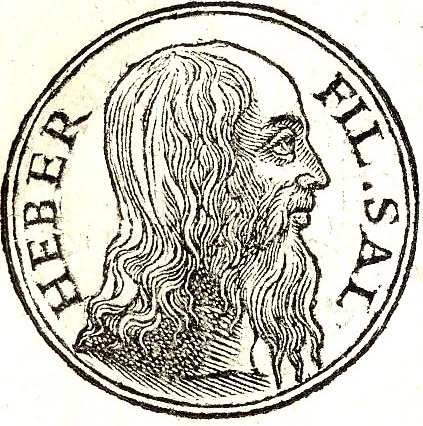
Eber, a descendant of Shem, lived 464 years, a notable figure in the post-flood genealogy. He is often credited as the ancestor from whom the term “Hebrew” is derived, making him a significant figure in Israel’s heritage. Eber fathered two sons, Peleg and Joktan, and his life spanned a key transitional period in the Bible. Though he lived after the flood, his age is still significant, as lifespans were gradually decreasing by this time. Eber’s life highlights the continuity of God’s promise to humanity through the generations after Noah. His influence extended through his descendants, shaping the early lineage of the Hebrews. Eber’s 464 years placed him at the center of early post-flood developments in biblical history.
Shem
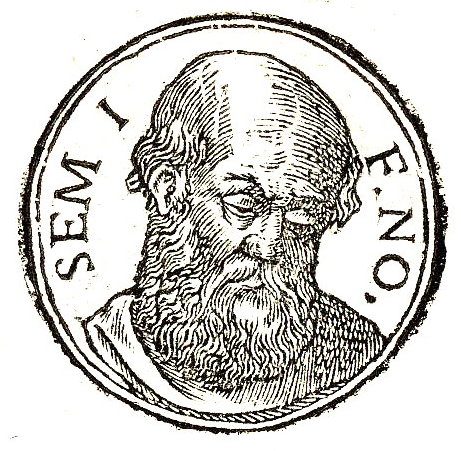
Shem, the son of Noah, lived for 600 years and was one of the three sons who survived the flood with Noah on the ark. His life marks the beginning of a new era in human history, as his descendants spread across the earth after the flood. Shem is often regarded as the ancestor of many ancient peoples, including the Israelites. His long life allowed him to see many generations of his descendants and witness the formation of early nations. In biblical tradition, Shem’s lineage is particularly important, as it leads to Abraham and ultimately to the nation of Israel. Shem’s 600 years served as a bridge between the antediluvian world and the post-flood reality. His role in the survival of humanity makes him a vital figure in biblical narratives.
Arphaxad
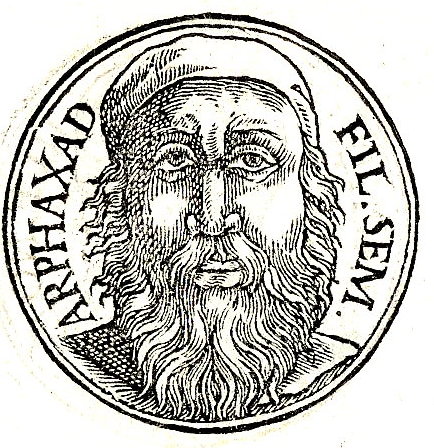
Arphaxad, a son of Shem, lived for 438 years. Born two years after the flood, his life symbolizes the early regeneration of the earth’s population. He fathered several sons, continuing the lineage from Noah’s family into the generations that would lead to Abraham. Although his lifespan was shorter compared to earlier patriarchs, it still far exceeds modern expectations of longevity. Arphaxad’s life represents the gradual decrease in human lifespans after the flood. His descendants played key roles in establishing early civilizations in biblical history. Arphaxad’s 438 years on earth marked the continuation of God’s covenant with Noah and his descendants.
Peleg
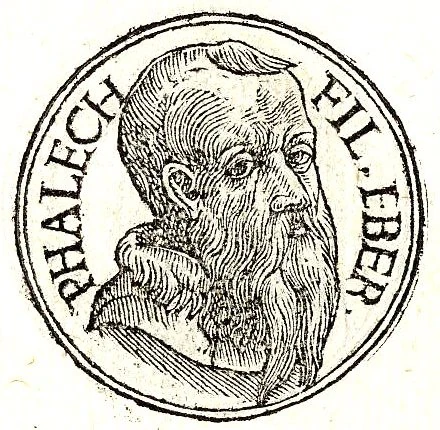
Peleg lived for 239 years, a period noted for significant changes in human history. His name, which means “division,” is tied to the biblical account of the division of the earth’s people and languages. This event is traditionally associated with the Tower of Babel, which occurred during Peleg’s lifetime. Though his lifespan was significantly shorter than his ancestors’, Peleg’s life is associated with one of the most pivotal moments in early biblical history. He fathered Reu and continued the line of descendants that would eventually lead to Abraham. Peleg’s 239 years reflect the steady decline in human longevity after the flood. His role in the division of nations and languages makes him a key figure in the post-flood narrative.
Reu
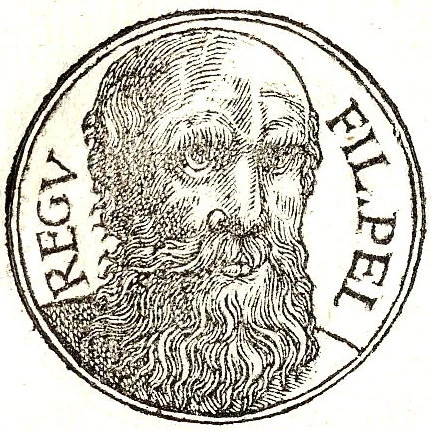
Reu lived for 239 years, similar to his father Peleg, during a time of significant change in the human story. His life spanned the early post-flood generations as civilizations began to form and spread across the earth. Reu fathered Serug and continued the line that would lead to important biblical figures such as Abraham. Though his life is mentioned briefly, Reu’s significance comes from his place in the genealogy of the early post-flood world. The 239 years he lived saw the continuation of humanity’s growth and development. His descendants would play crucial roles in shaping biblical history. Reu’s long life, though shorter than many before him, remains a testament to the extended lifespans of early biblical figures.
Serug
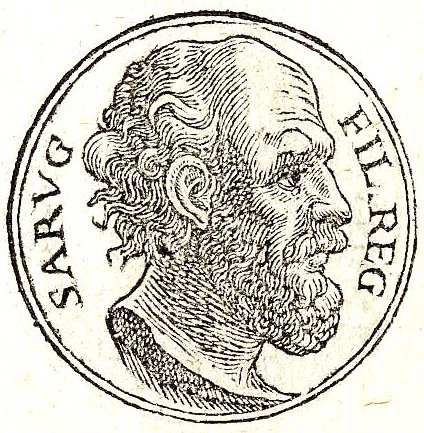
Serug lived for 230 years, during a time when human lifespans were gradually shortening. He fathered Nahor and continued the line that would eventually lead to Abraham, an important figure in both the Bible and history. Serug’s life was part of the ongoing expansion of early human civilization. His descendants would establish many of the early nations that play significant roles in the Bible. While not much is known about his personal life, his place in the genealogical chain is crucial. Serug’s 230 years of life represent a step toward the more familiar lifespans seen in later biblical figures. His role in the line of Abraham makes him an essential link in the biblical narrative.
Nahor

Nahor, the father of Terah and grandfather of Abraham, lived 148 years. His life was important in setting the stage for the birth of Abraham, a key figure in the Bible. Nahor’s relatively shorter lifespan reflects the post-flood trend of declining human longevity. He lived during a time of cultural and societal changes, as people began to settle and form early civilizations. Nahor’s descendants played pivotal roles in biblical history, especially his grandson Abraham. His 148 years saw the continuation of the family line that would become central to God’s covenant with Israel. Despite his brief mention in the Bible, Nahor’s place in the lineage is critical for understanding the roots of the Israelite people.
Terah
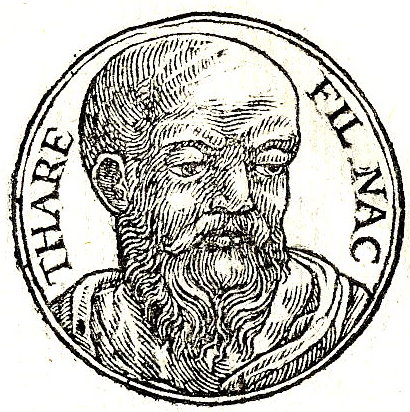
Terah, the father of Abraham, lived for 205 years. He is a significant figure in the Bible, as his decision to move his family from Ur of the Chaldeans set the stage for Abraham’s journey to Canaan. Terah’s life represents a transitional period in the biblical narrative, where God’s covenant with humanity would soon take a more focused direction through Abraham. Despite his important role as Abraham’s father, Terah is not mentioned frequently outside of genealogies. His 205 years of life bridge the gap between the early post-flood world and the era of the patriarchs. Terah’s decisions had lasting impacts on his descendants, especially Abraham. His story highlights the family origins of the people of Israel.
Abraham
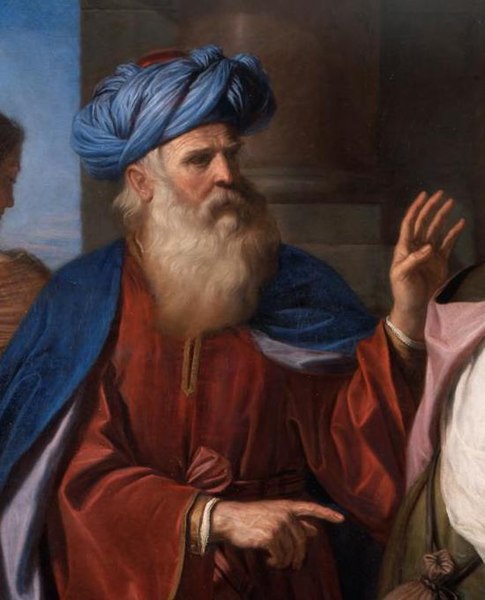
Abraham, the father of nations, lived for 175 years. His life is one of the most detailed in the Bible, marked by his covenant with God, which promised him numerous descendants. Abraham’s story includes his journey from Ur to Canaan, his testing of faith with Isaac, and the establishment of the Hebrew people. Although his lifespan was shorter than many earlier patriarchs, his influence on biblical and world history is profound. He fathered Isaac and Ishmael, two sons whose descendants would go on to shape the course of history. Abraham’s 175 years reflect a shift from the earlier long lives to more “normal” lifespans, yet his impact far outlasted his years. His legacy as the patriarch of Judaism, Christianity, and Islam is immeasurable.
This article originally appeared on Rarest.org.
More From Rarest.Org
Music has always been a reflection of the times, with each decade giving rise to new genres that defined not only the sound of the era but also its cultural identity. From the soulful rhythms of jazz in the 1920s to the electronic beats of hyperpop in the 2020s, these genres have shaped how we experience music. Read more.
Social movements have been a driving force behind significant changes in societies across the globe. From demanding equality and justice to reshaping political systems, these movements represent the voices of people standing up for their rights and values. Read more.
Nature is full of incredible and mysterious phenomena, and some of its most puzzling features come in the form of sounds. From deep ocean booms to strange hums heard in the skies, these unexplained noises have fascinated scientists for years. Read more.


